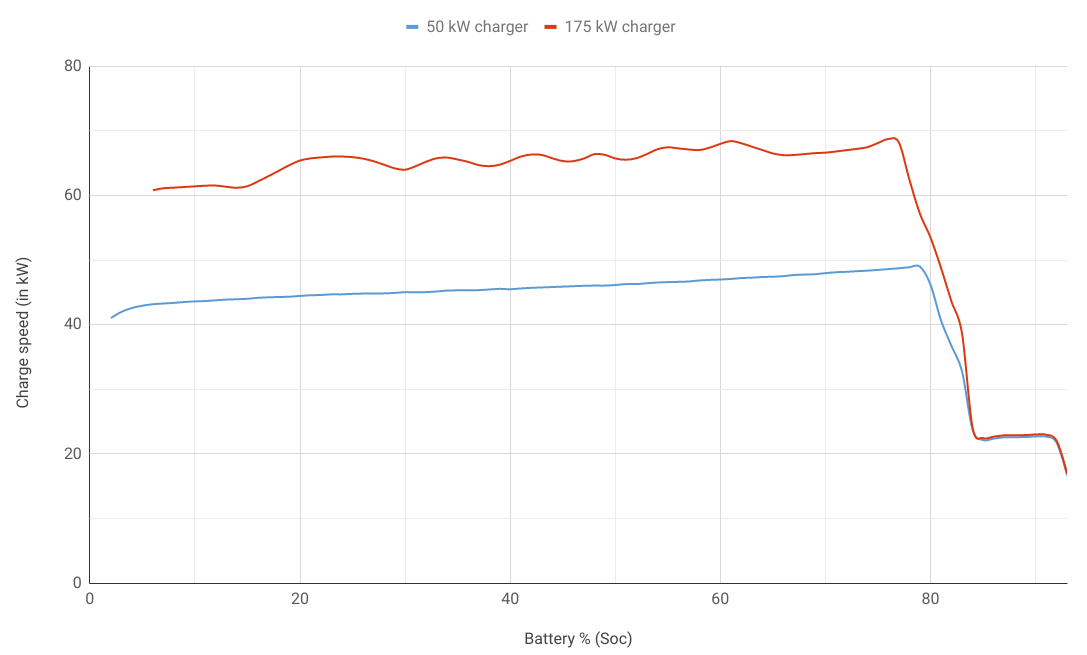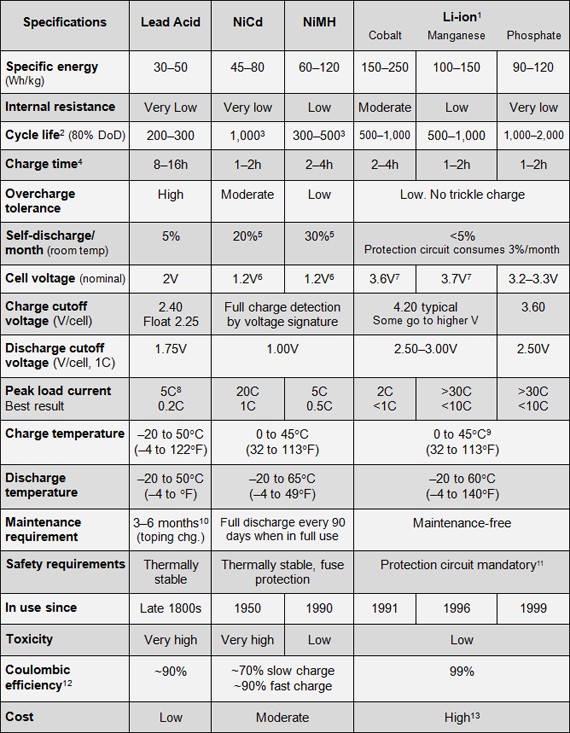R.S
Active Member
That's 750MPH of charge rate. Assuming 3 miles per KWh, that's a 250KW power delivery (about what I guestimated the "350 KW" chargers would practically deliver).
That's over 2.6C. That's a bit above the sameC rate as the Ioniq, which is about the fastest I'm aware of. It will be interesting to see what the other performance parameters and longevity of a pack like that are.
I think Porsche is saying they will maintain those 250 kW on average over 0-80%, so that would be an improvement even over the already impressive Ioniq.
so it seems we have noticeably slow charging, noticeably greater power consumption with the iPace.
Doesnt make it totally unusuable, but does make it a huge disappointment that Jaguar failed to match Tesla on two of the fundamental metrics of EVs, after all this time.
Of all the current manufacturers out there I seriously believe Jaguar would be well advised to link up with Tesla's superchargers. With the Germans (trying) to gang up, this would be Jaguar's best defence, best way to gain immediate credibility and actually Jaguar and Tesla are not a bad fit.
I suspect they won't eveon consider it out of some false sense of pride, so that makes 3 major failings against Tesla so far.
Maybe this is why the Porsche Trashcan has been deferred to 2020 delivery.
The ICE manufacturers are making plently of money with fossil fuel so what's the hurry.
Why a disappointment, to me it looks like what you were hoping for.
The Porsche Liam Neeson edition is not postponed for 2020. It will be sold starting 2019, as a 2020 model year. The 2017 model year Volt started production in February 2016. Not sure why car makers do that, but that's why some sites give 2020 for the Porsche and some 2019.
But 2019 was always planned as the release date, though could be that they start in Europe and it will take until 2020 to get to the US.




